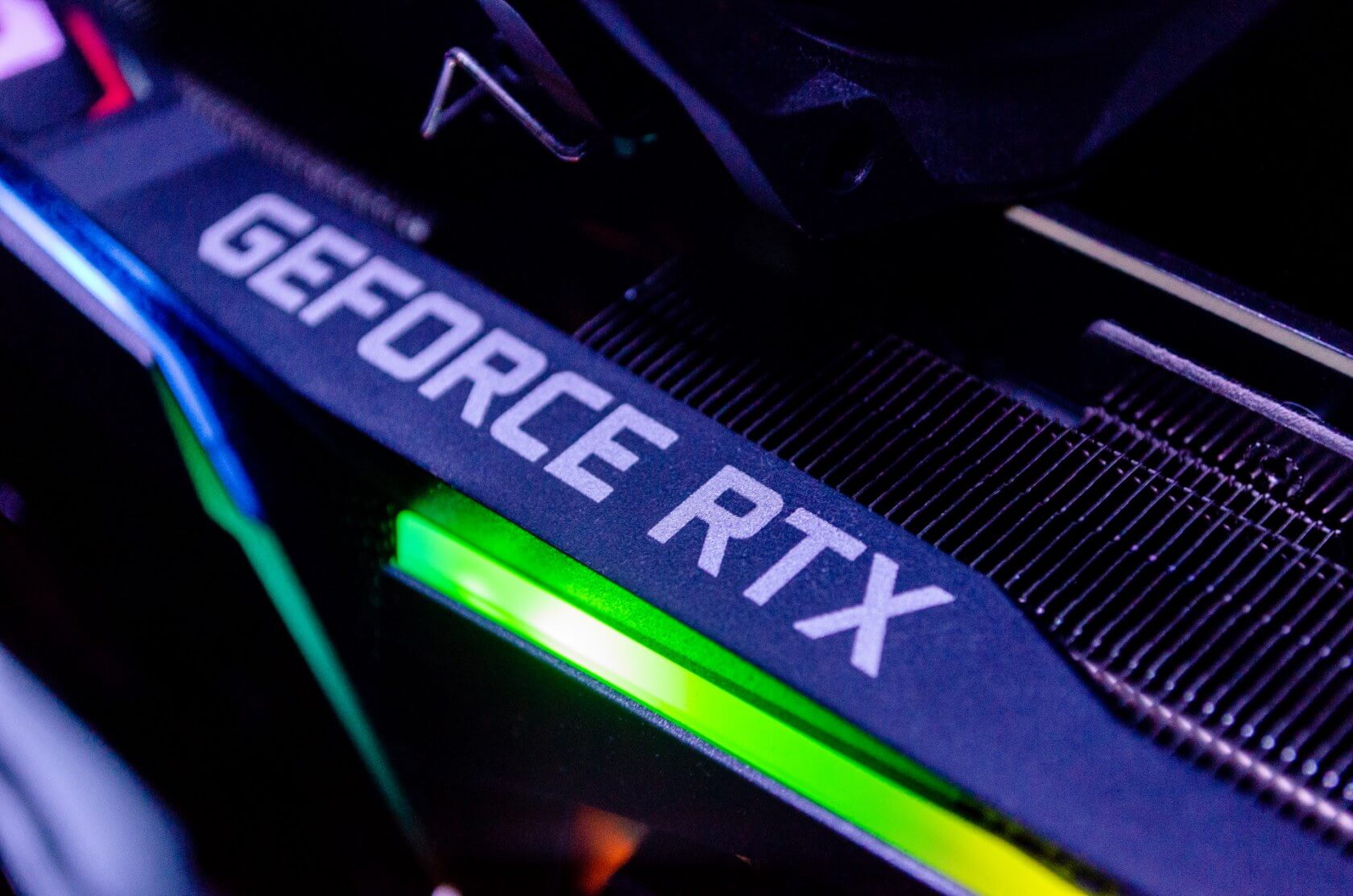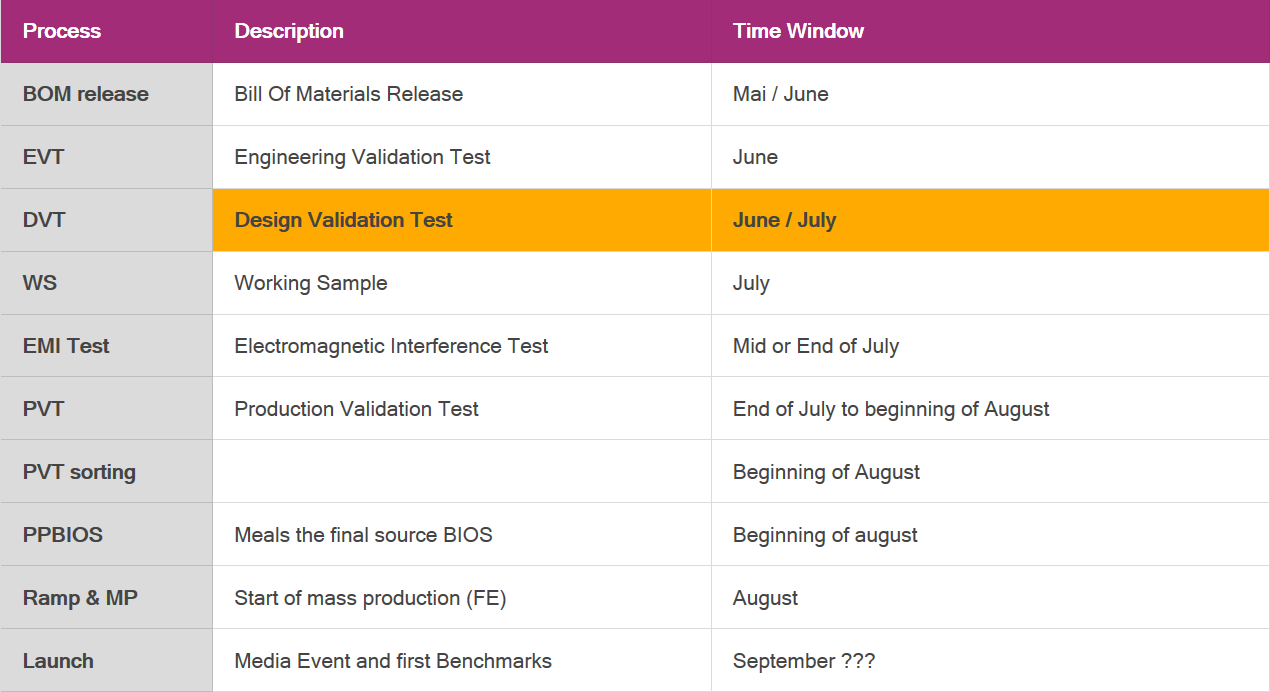Why it matters: We all know Nvidia's RTX 3000-series GPUs are likely to be revealed in just a few months, but thanks to new reports, we now have a better idea of when the cards might enter full production.

Sources familiar with the matter told Igor's Lab that Nvidia is currently in the Design Validation Test phase with its RTX 3080 and 3090. This information, combined with historical data gathered from past Nvidia launches, prompted the site to create a full production and testing timeline estimate for these highly-anticipated GPUs (see that below).
By the site's calculations, the Founders Edition models of the 3080 and 3090 could enter mass production in mid-August, with a full launch scheduled for the following month of September. Obviously, this timeline is speculative, but it's certainly not far-fetched, and it would line up with other industry predictions and rumors.
And, of course, a September launch would let Nvidia take full advantage of the massive hype surrounding Cyberpunk 2077, which is also launching in September and is set to include out-of-the-box support for a range of RTX features.

Igor's Lab's predicted RTX 3080 & 3090 release timeline.
Igor's Lab's sources also mentioned that the leaked image of an RTX 3080 heatsink -- which we've reported on in the past -- is actually one of two possible heatsink designs for the Founders Edition of the card. Apparently, Nvidia is testing designs from two different OEMs; likely to determine which one offers superior cooling performance.
According to Igor's Lab, these OEMs are not "newcomers" and have worked with Nvidia's engineers in the past. It remains to be seen which design will win out, but it's clear that Nvidia is at least contemplating a more radical look for its newest consumer hardware.
It remains to be seen whether Igor's Lab's predictions will prove accurate, but with September just a few months away, we won't have to wait long to find out.
Image credit: Kiklas, Igor's Lab
https://www.techspot.com/news/85658-nvidia-geforce-rtx-3080-3090-could-enter-mass.html
